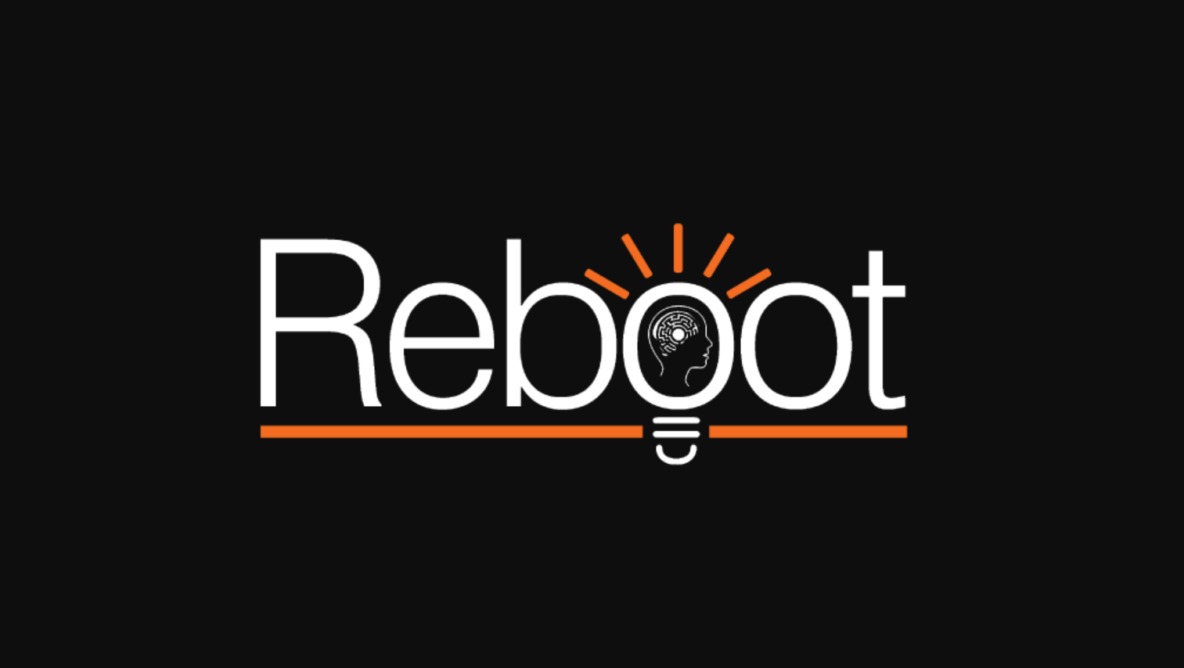The brain is by far the most complicated and advanced work of nature known to man. Even our best supercomputers don’t come close to what this organ is capable of achieving. It’s responsible for regulating all of the body’s functions while simultaneously observing and interpreting your surroundings using an array of nearly 100 billion neurons. This network of nerves is powered by about 20 watts of power in the average adult brain.
The brain is composed of several parts, some of which you may already be familiar. For example, you may understand the concept of the left and right hemispheres. Together, they make up the cerebrum or cerebral cortex. The right hemisphere is the creative side, where we draw inspiration for things like art, music, and poetry. The left hemisphere is where our analytical and logical processes take place. Both are also responsible for the execution of muscle movement.
The cerebellum is in the lower portion of the brain. It takes in the sensory information from the body and gives you a feel of where your body and limbs are. This area is also responsible for complex motor control. The cerebellum controls involuntary survival instincts, body temperature, circadian rhythm, appetite, and reproductive instinct. Contrasting to the cerebrum which controls complex thought, this part of the brain monitors your basic physiological needs.
Other areas of the brain include:
Amygdala – The amygdala is said to be the key player in processing emotions. If the amygdala isn’t functioning correctly disorders such as depression, PTSD, and anxiety are common.
Hypothalamus – The hypothalamus works to control mood, aggression instinct, and libido. If this is malfunctioning, people may experience low sex drive or have trouble with mood swings.
Anterior Cingulate Cortex – This is the control center for human behavior. The anterior cingulate cortex is associated with empathy, impulse control, emotion, and decision-making. Damage to this can cause OCD, schizophrenia, and other disorders.
Nucleus Accumbens – This area works by controlling the reward system through the hormones dopamine, serotonin, and oxytocin. An abnormal nucleus accumbens could be the culprit when dealing with addiction.
Basal Ganglia – These are a collection of specialized neurons that facilitate feelings of both pleasure and panic. A person that has low activity in this region may be lethargic and have no desire to carry out day-to-day tasks.
It is important to note that all of these parts of the brain are interconnected and have an influence on each other. They all work together to make one powerful unit, which is why therapists have struggled to understand the biological causes of mental disorders for so long.
However, that has all changed with the innovative technology of brain mapping. Using QEEG, neurotherapists are able to understand what areas of the brain are over- or underperforming in someone with a mental disorder. They can then provide targeted neurotherapies to change maladaptive brain behavior and alleviate symptoms. Brain mapping is a technique we use here at Reboot for measuring the amount of neural activity across the brain. Using the brain map created from the collected data, we can determine a course of action to train your brain to alleviate the symptoms you may be experiencing.
Mental health doesn’t have to affect and hinder your life forever. Click here to set up your appointment today.

